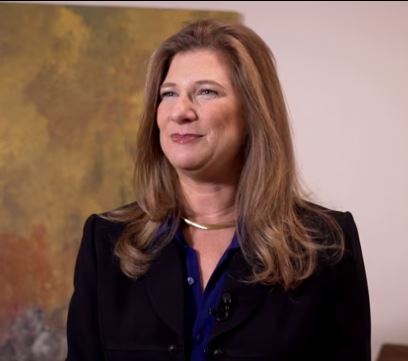In today’s fast-moving communication-driven world, messages are conveyed through many mediums. “Speaking with confidence” means avoiding tentative language. Non-concrete or tentative language in business shows a lack of self-confidence and will not deliver the strength of your intention to the listeners.
For example:
Non-concrete – “I hope I’ve given you a good overview of our team.”
Concrete – “This gives you a clear overview of our team.”
Non-concrete – “I guess I can deliver this talk confidently.”
Concrete – “I can deliver this talk confidently.”
Watch out for these words in your opening thoughts and phrases, particularly when speaking: I think, I hope, I guess, maybe, kind of, and sort of.
To check yourself on this, take a look at the last three emails you’ve written. Do you have tentative language in the beginnings of some paragraphs? Are those words there intentionally? If you see these words, pull them out and reread the sentence. Does it now convey what you really mean?
When preparing to do a live presentation, take the time to make some notes and read those notes out loud. Audiotape yourself, then listen back. That level of preparation creates muscle memory. You’ll be less likely to spontaneously add these words and absolutely deliver a more confident message.
Monica Murphy is a senior coaching partner with The Speech Improvement Company.




